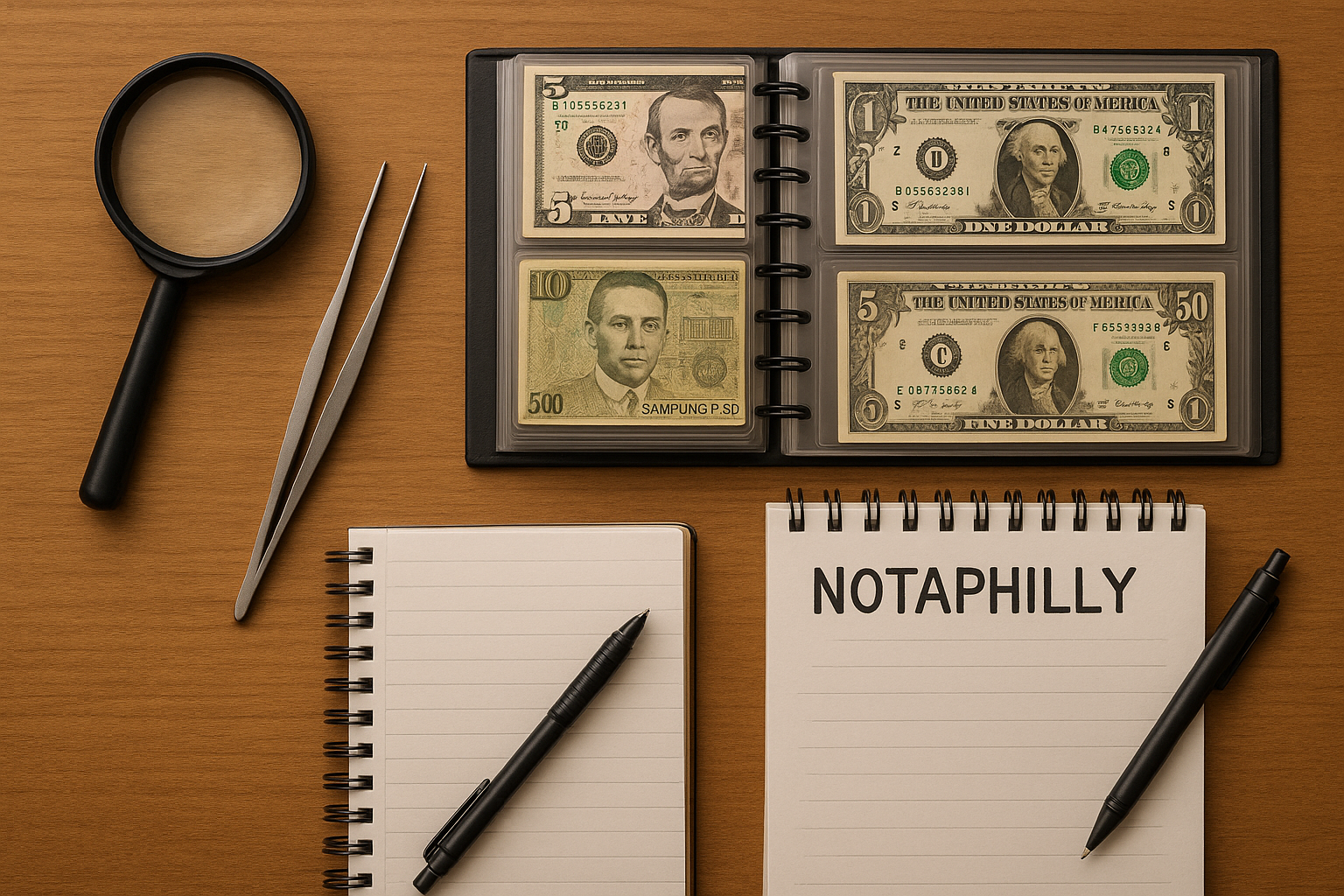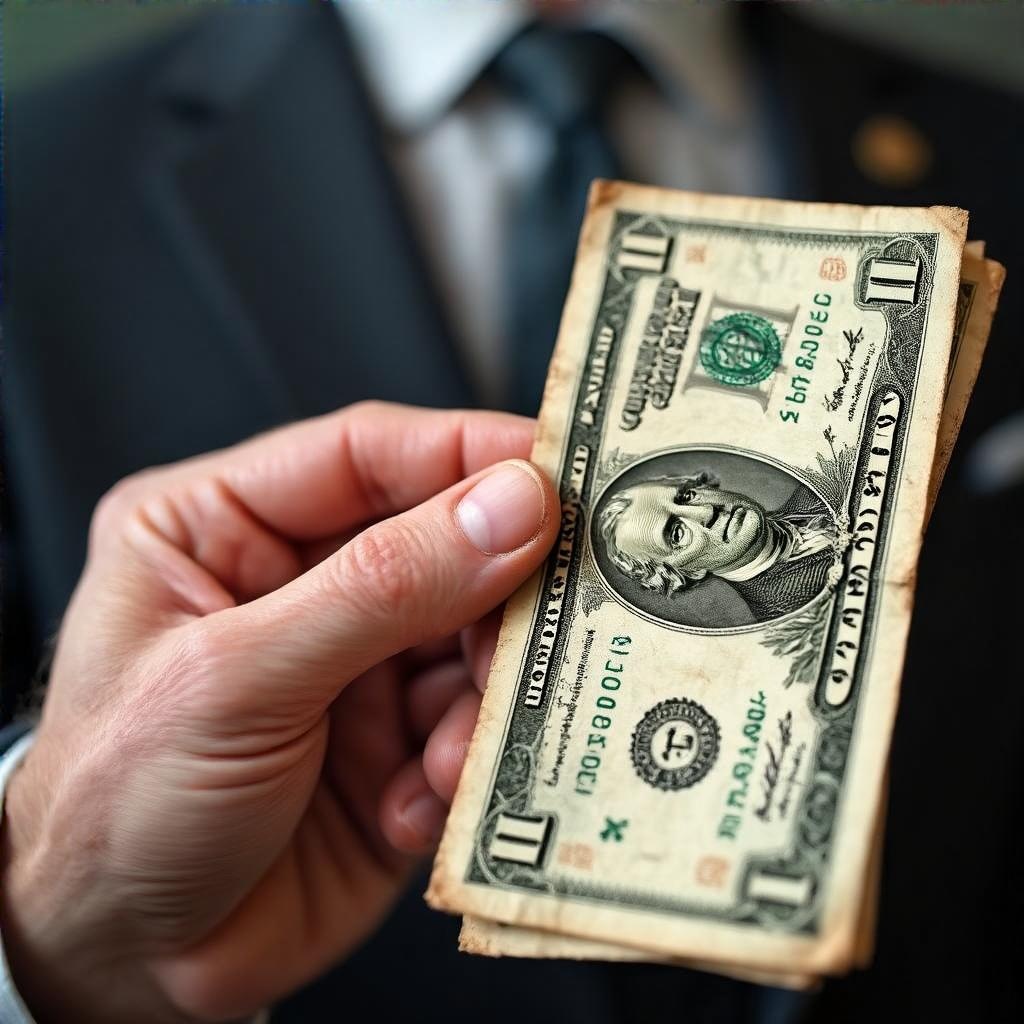Starting a money collection hobby opens a fascinating world of history, artistry, and potential investment value with every coin and banknote you acquire.
The global coin collecting market is booming, projected to grow from $30.43 billion in 2023 to over $61 billion by 2032. This makes it both a fulfilling pastime and a potentially rewarding financial venture.
Key Takeaways
- 38% of U.S. adults have collected coins at some point, showing the hobby’s widespread appeal
- Begin with accessible options like circulation finds or affordable antique coins
- Proper storage and handling tools are essential for preserving your collection’s value
- Join collector communities and organizations to expand your knowledge and network
- Set clear collecting goals to focus your efforts and maximize enjoyment
The Exciting World of Money Collecting
Money collecting has captivated enthusiasts for generations, with 38% of U.S. adults having collected coins at some point. What was once considered primarily a hobby for older generations has seen a remarkable shift in recent years.
Millennials and Gen Z collectors are bringing fresh energy to the field, with over 1,200 American Numismatic Association members under 18 years old.
The financial aspect is equally impressive. Market projections show the global coin collecting market doubling from $30.43 billion in 2023 to $61.2 billion by 2032.
This growth trajectory isn’t just about nostalgic value – it represents significant investment potential for those who approach collecting with knowledge and strategy.
The demographic landscape of collecting has also evolved. While traditionally dominated by older collectors, younger enthusiasts are discovering the unique joy of holding history in their hands.
About 17% of all collectors focus specifically on coins and currency, making it one of the most popular collecting categories across all age groups.

Coins vs. Paper Money: Finding Your Niche
When starting your money collection journey, one of the first decisions is whether to focus on coins, paper money, or both. Each offers unique advantages and collecting opportunities.
For coin collecting beginners, Lincoln pennies make an excellent starting point. These can be found in everyday circulation, allowing you to build a collection without significant investment. For those interested in antique coins, Indian Head pennies offer affordable entry points to historical pieces.
According to demographic data from Zippia, coin collectors are predominantly male (62%) and ethnically diverse, with 59.2% White and 26% Hispanic/Latino collectors.
For those looking for coin collecting resources for beginners, error coins like the 1955 Double Die Lincoln Cent and commemorative sets have become increasingly popular niches.
Paper money collecting, or notaphily, offers its unique opportunities.
Modern collectors often hunt for star notes (replacement bills identified by a star in the serial number) or fancy serial numbers in post-1963 notes. These can be found in circulation, making it an accessible entry point for beginners.
Historical note collectors might focus on Federal Reserve districts (identified by seal letters) or notes with special markings like the “FW” mint mark from Fort Worth. The global banknote market is expected to reach $20.37 billion by 2032, driven by collector interest and innovative anti-counterfeit technologies.
Essential Tools for the Serious Collector

Proper tools and supplies are crucial for protecting your investment and maintaining your collection’s condition.
For coins, storage solutions like BCW LaserWeld 20-Pocket Coin Pages provide safe housing options at reasonable prices.
Paper money requires different storage considerations.
Guardhouse Currency Sleeves for Modern Banknotes offer affordable protection for bills of various sizes. These protective materials prevent damage from handling, environmental factors, and chemical reactions that could diminish value.
As your collection grows, consider professional grading services like PCGS (membership starts at $69) and PMG (with tiers ranging from $25-$149).
These services authenticate and grade your items, often increasing their market value and providing tamper-evident holders.
Educational Resources to Build Your Knowledge
More advanced collectors might invest in the “A Guide Book of United States Paper Money 7th Edition,” which typically costs $20-$35 but offers comprehensive global valuations.
Joining the Paper Money Grading gives access to seminars, local clubs, and a community with a 130+ year legacy. Their educational programs cater to collectors at all levels, from beginners to advanced numismatists.
Online communities provide valuable knowledge sharing. Reddit’s r/PaperMoney and PMG’s collector network connect enthusiasts worldwide. These platforms allow you to learn from others’ experiences and mistakes, accelerating your learning curve.
Avoiding Common Collector Mistakes
For paper money collectors, authentication is crucial. Verify notes using UV lights to detect security strips and consider PMG’s certification services for valuable specimens.
Counterfeit detection requires checking for raised printing and color-shifting ink on modern notes.
Budget management is another crucial area. To avoid financial strain, I recommend allocating less than 10% of your income to collecting. This discipline ensures the hobby remains enjoyable rather than becoming a financial burden.
Building Value in Your Collection
As your collection grows, you may consider monetizing some pieces or planning for long-term value appreciation.
The top-selling platforms include eBay, Heritage Auctions, and specialized venues like the PMG Marketplace. Each platform has different fee structures and reaches different buyer demographics.
Insurance becomes important as your collection increases in value.
Collectibles Insurance Services offers policies starting at $35/year, providing protection against theft, damage, and loss. Standard homeowner’s insurance typically offers insufficient coverage for specialized collections.
Tax considerations can’t be overlooked. The IRS requires reporting sales exceeding $600 annually, and capital gains taxes may apply to profitable sales. Keeping detailed records of purchases, including dates and prices, is essential for accurate tax reporting and insurance purposes.
To maximize value, focus on collecting these types of paper money:
- Rarity (low mintage numbers)
- Historical significance
- Exceptional condition
- Complete sets
- Provenance (documented history of ownership)
Market Trends and Future Outlook
Understanding current market trends helps inform your collecting strategy. Age demographics show that 66% of collectors are 40+, but younger collectors are entering the field, with 23% of 18-29-year-olds actively using cash, a potential gateway to collecting physical currency.
Regional demand varies significantly worldwide.
The Asia-Pacific region leads growth with a 9.2% CAGR, primarily driven by Chinese antiquities and historical money. North American and European markets remain stable with established collector bases.
When considering the investment potential versus hobby enjoyment, most experts recommend focusing primarily on personal interest and satisfaction. Financial returns should be viewed as a secondary benefit rather than the primary motivation for collecting.
Getting Started This Week
Ready to begin your money-collecting journey? Here’s how to get started immediately:
Begin with affordable $1-5 collectible notes. This low-risk approach allows you to develop handling skills and knowledge before investing in more valuable pieces.
Join online communities like money-collecting forums and download free identification apps. These resources provide immediate access to collective wisdom and identification tools.
Visit local coin shops or coin shows to handle specimens and learn from experts. The tactile experience of examining coins in person is invaluable for developing authentication skills.
Set a starter budget of $50-100 for initial purchases and basic supplies. This modest investment allows you to:
- Purchase paper money holders or currency sleeves as shown above
- Acquire a basic reference guide
- Buy your first few collectible pieces
- Join an online collector community
Finally, create a collecting goal to focus your early efforts. Whether you choose a theme (like blue paper money), an era (such as pre-1964 paper money), or a denomination (such as a $5 bank note), having a specific focus enhances enjoyment and prevents scattered purchases.
Document your collection in a digital spreadsheet for insurance and organization. This habit, established early, will serve you well as your collection grows in size and value.
Before you go…
If you are interested in collecting paper money, there are many options.
Check out my next article: “How Much is a 2 dollar bill worth?“




